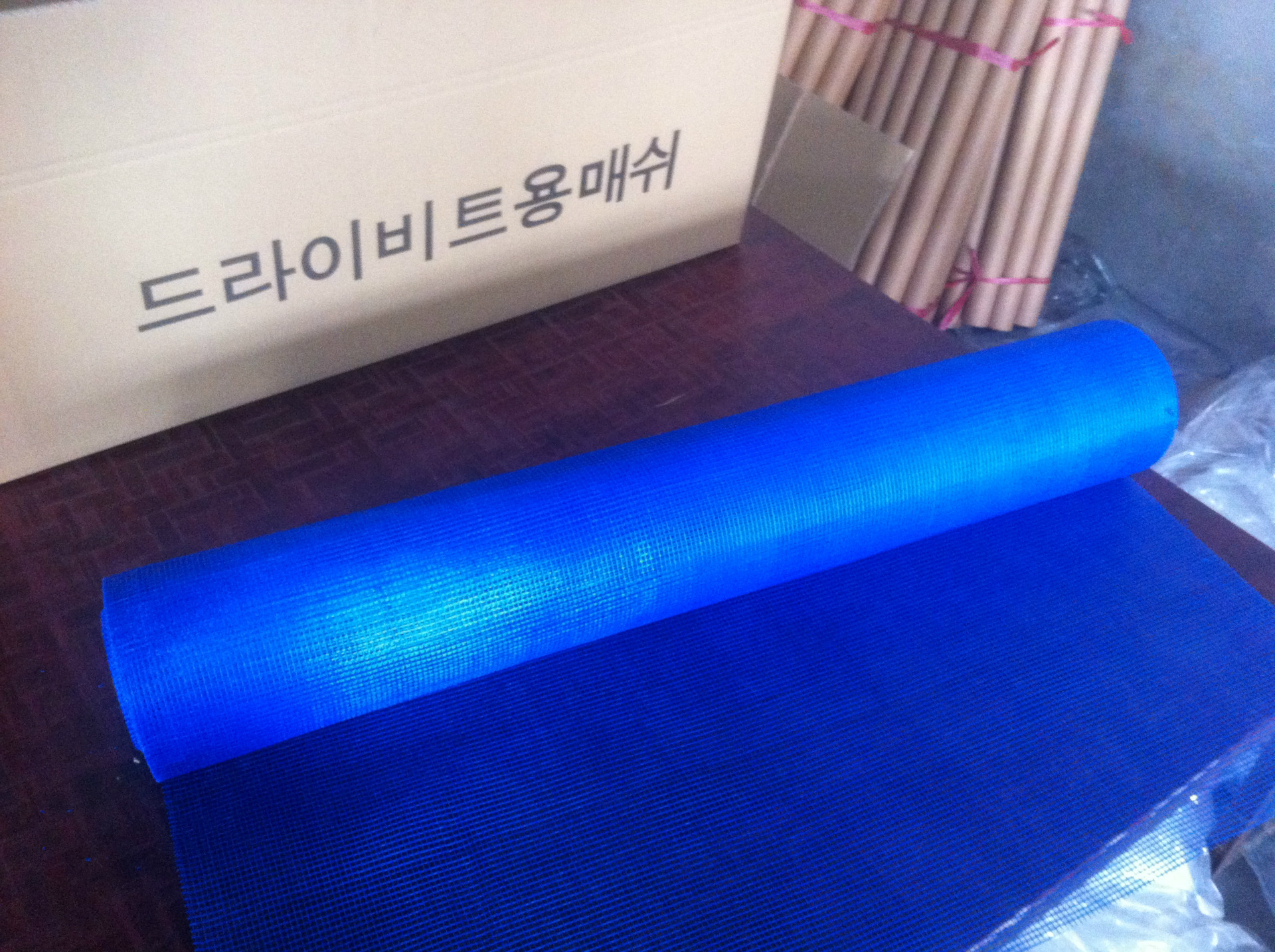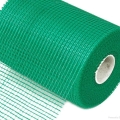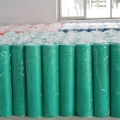- Supply Fiberglass mesh cloth for concrete from China manufacture
- market@husker-roller.com
Explore the role of fiberglass mesh in concrete reinforcement. Learn about its applications, advantages over traditional materials, installation tips, and industry trends.
Introduction
Concrete is a cornerstone of modern construction, but its brittleness and susceptibility to cracks remain challenges. Fiberglass mesh for concrete has emerged as a game-changing solution, offering unmatched strength-to-weight ratios and versatility. This article dives into how this material is reshaping construction practices globally.

What is Fiberglass Mesh for Concrete?
Fiberglass mesh is a composite material made of woven glass fibers coated with resin. When embedded in concrete, it enhances structural integrity by:
- Distributing stress evenly
- Reducing crack propagation
- Improving impact resistance
Key Types:
- Woven Mesh: High tensile strength for load-bearing applications.
- Stainless Steel-Reinforced Mesh: Combines glass fiber durability with metal toughness.
- Self-Adhesive Mesh: Simplifies installation for DIY projects.
Why Use Fiberglass Mesh in Concrete?
1. Crack Prevention
Concrete shrinks as it cures, leading to cracks. Fiberglass mesh acts as a secondary reinforcement layer, reducing crack widths by up to 70% (per ASTM C1113 standards).
2. Lightweight Alternative to Steel
- Weight Reduction: Fiberglass weighs 80% less than steel mesh, easing transportation and handling.
- Corrosion Resistance: Immune to rust, making it ideal for marine or high-humidity environments.
3. Thermal Expansion Compatibility
Matches concrete’s thermal expansion coefficient (≈8–12×10⁻⁶/°C), minimizing stress from temperature fluctuations.
4. Fire Safety
Class A fire rating (ASTM E84) ensures compliance with building codes for fire-resistant structures.
Applications in Concrete Construction
1. Shear Wall Reinforcement
- Prevents cracks caused by lateral forces (e.g., earthquakes).
- Used in high-rise buildings and hurricane-prone regions.
2. Bridge Decks
- Reduces maintenance costs by minimizing crack formation.
- Case Study: A Texas bridge project saved **$120,000** over 10 years using fiberglass mesh.
3. Industrial Flooring
- Withstands heavy machinery vibrations and chemical spills.
4. DIY Home Projects
- Ideal for repairing cracked driveways or patios.
Fiberglass Mesh vs. Traditional Materials
| Material | Tensile Strength | Cost per m² | Corrosion Resistance |
|---|---|---|---|
| Fiberglass Mesh | 3.5–4.5 GPa | 15–25 | Excellent |
| Steel Mesh | 400–600 MPa | 30–50 | Poor (requires coating) |
| Polypropylene Mesh | 0.8–1.2 GPa | 10–15 | Moderate |
Data source: Construction Materials Report, 2023
Installation Best Practices
Step 1: Surface Preparation
- Clean concrete thoroughly to remove dust and debris.
- Use a wire brush to roughen surfaces for better adhesion.
Step 2: Mesh Placement
- Overlap edges by 10–15 cm for structural continuity.
- Secure with high-strength epoxy or mechanical fasteners.
Step 3: Pouring Concrete
- Use a vibrating screed to eliminate air pockets.
- Maintain a 3:1 mesh-to-concrete ratio for optimal performance.
Challenges & Solutions
Challenge 1: Mesh Buckling
Cause: Excessive concrete pressure during pouring.
Fix: Use stiffer 4×4 mesh or add temporary supports.
Challenge 2: Resin Degradation
Cause: UV exposure in uncovered applications.
Fix: Apply UV-resistant coatings like polyurethane.
Market Trends (2024–2030)
- Smart Fiberglass Mesh
Embedded IoT sensors monitor real-time stress levels in bridges and high-rises. - Recycled Content Growth
Manufacturers now offer meshes with 30–50% recycled glass fibers (e.g., Owens Corning’s EcoTouch™). - 3D-Printed Concrete Integration
Custom fiberglass mesh patterns enable complex architectural designs.
How to Choose the Right Fiberglass Mesh
- Mesh Density:
- 10×10/cm: Light-duty repairs.
- 20×20/cm: Heavy-duty industrial use.
- Coating Type:
- Epoxy: For indoor applications.
- Vinyl: For outdoor weather resistance.
- Certifications:
- ASTM C1746 (crack reduction standards).
- ISO 9001 for quality assurance.
Future Innovations
- Self-Healing Concrete: Fiberglass mesh infused with bacteria (Bacillus pasteurii) that produce limestone to seal cracks.
- Nanotechnology Coatings: Graphene-enhanced meshes to improve conductivity and durability.
Conclusion
Fiberglass mesh for concrete is no longer a niche product—it’s a necessity for sustainable, cost-effective construction. With a projected market growth of 6.2% CAGR through 2030 (Grand View Research), early adoption can give builders and developers a competitive edge.
Shan County Fiberglass Mesh
China Shan County Fiberglass Mesh factory supplying Mesh screen for pests and mesh cloth for concrete building materials
在线留言
站内搜索
热门标签e
© 2025. All Rights Reserved. Theme By XinTheme









